Seven hidden treasures of Ollantaytambo, the last living Inca town
Discover the Enchanting world of the last Incas heirs
The Sacred Valley is full of treasures to discover, and one of them is the Living Inca Town of Ollantaytambo. Many have heard or know about Ollantaytambo because of its famous "Fortress," in quotes because although it was used by Inca Manco Inca to defend the territories from European conquerors, this archaeological site was a sacred place and a residence for Inca elites. The town is also known for its train station, providing transportation to Machu Picchu.
Ollantaytambo is one of the few places in the Sacred Valley that, despite having welcomed thousands of visitors through its streets, only a few have discovered its richness, tranquility, Inca streets, and cultural exchange with its inhabitants. Young backpackers, who are often the first to reach many destinations, have uncovered its treasures.
Small hostels, hotels, and glampings (glamorous campsites) are part of the life of a town that preserves its customs, ancestral cuisine, and Inca trails leading to places that day visitors may not explore.
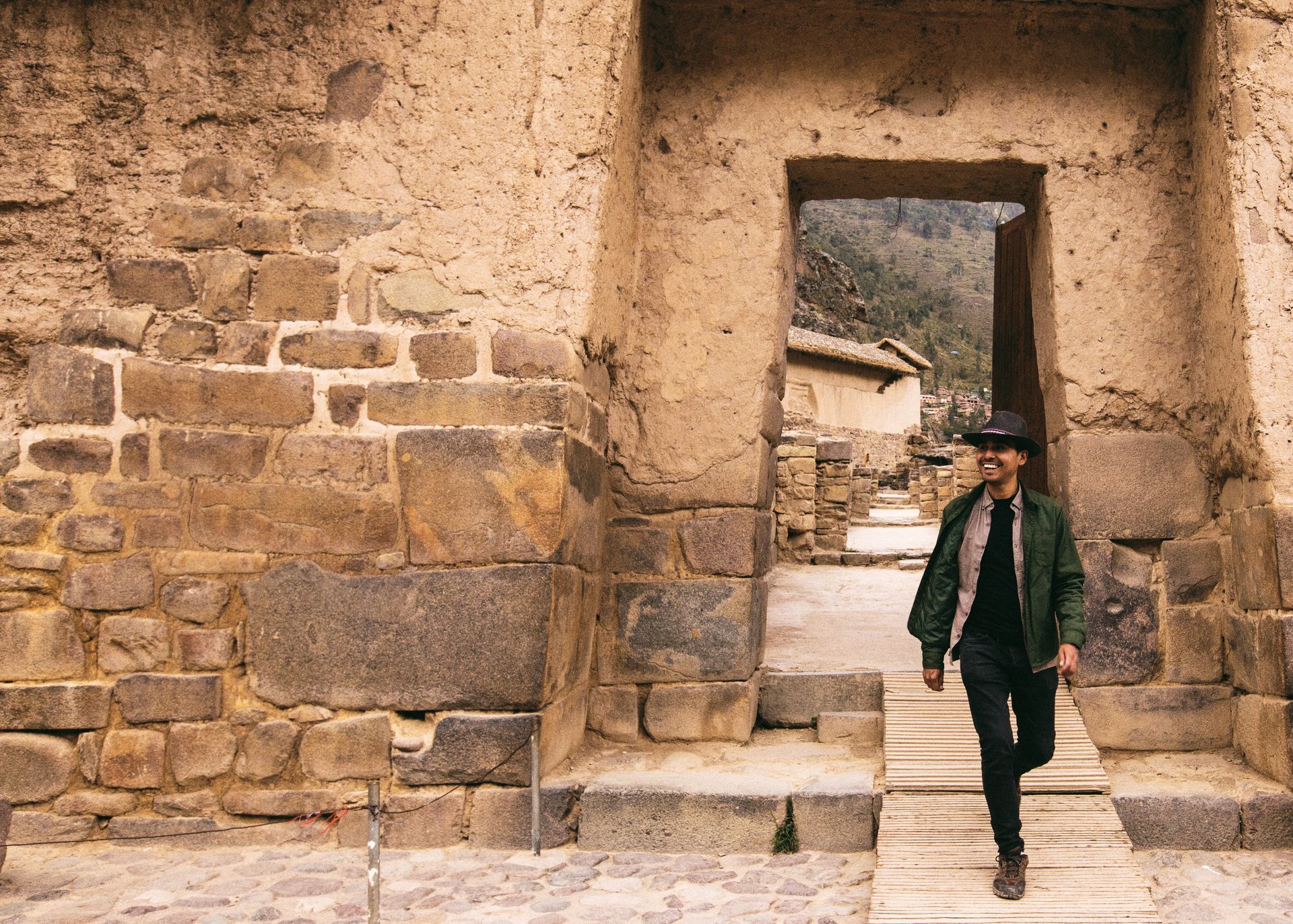
Qosqo Ayllu, Inca Community
Step into ancient pathways, narrow stone-walled streets echoing centuries. Feel the history and energy resonating as you stroll. Flowing water in age-old aqueducts breaks the silence, renewing the spirit.
Ayllu, an extensive Inca social community, rooted in shared ancestry. Qosqo, the life-originating center. Both Quechua words hint at the significance of this town, now home to its descendants.
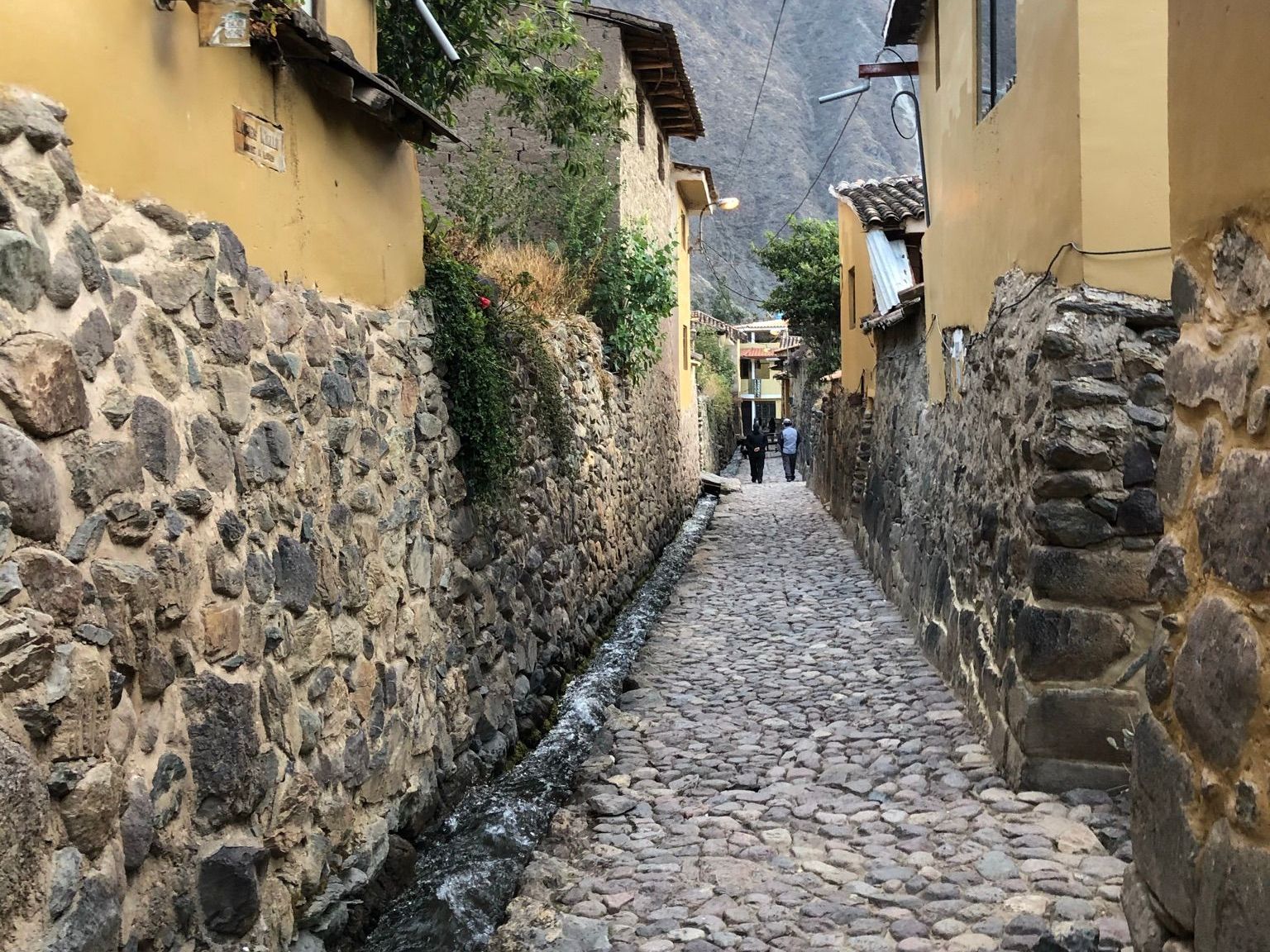
Qolqas, granaries of kingdom
Nestled in the highlands of Qosqo Ayllu, amidst chilly heights and facing snow-capped peaks, these storerooms safeguarded grains, potatoes, llama meat, and other essentials, sustaining a primarily agrarian community. The qolqas are integral to a mountain figure known as 'El Tunupa del Valle,' visible from various parts of the town, with these structures resembling the load on its back. A winding, narrow path invites you to explore them up close.
Qolqas were strategically built in various locations, often in higher elevations, to take advantage of favorable conditions for preservation, such as cool temperatures. They played a crucial role in supporting the agricultural lifestyle of these communities.
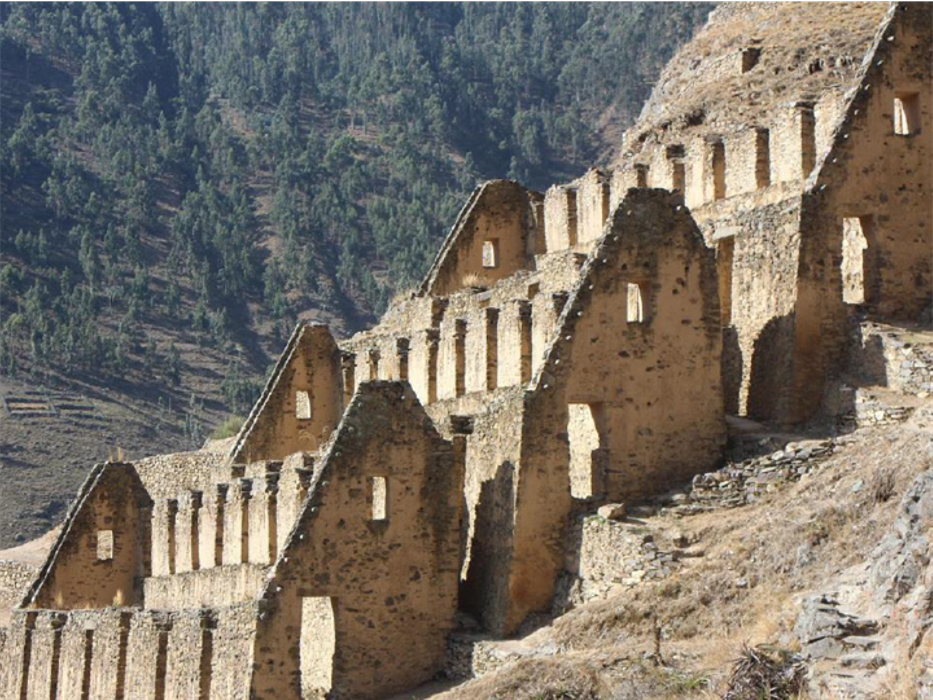
The Sacred Araqawa Ayllu
Dedicated to worship and religion, the Araqawa Ayllu is now known as the fortress. This is because, during the conquest, it served as a refuge for Manco Inca's resistance against invasion. Today, it stands as one of the majestic parts of the Inca town. At the summit of Araqawa Ayllu lies the Temple of the Sun, which remains partially constructed. On a lateral ramp, one can observe the stones that were once transported for its construction.
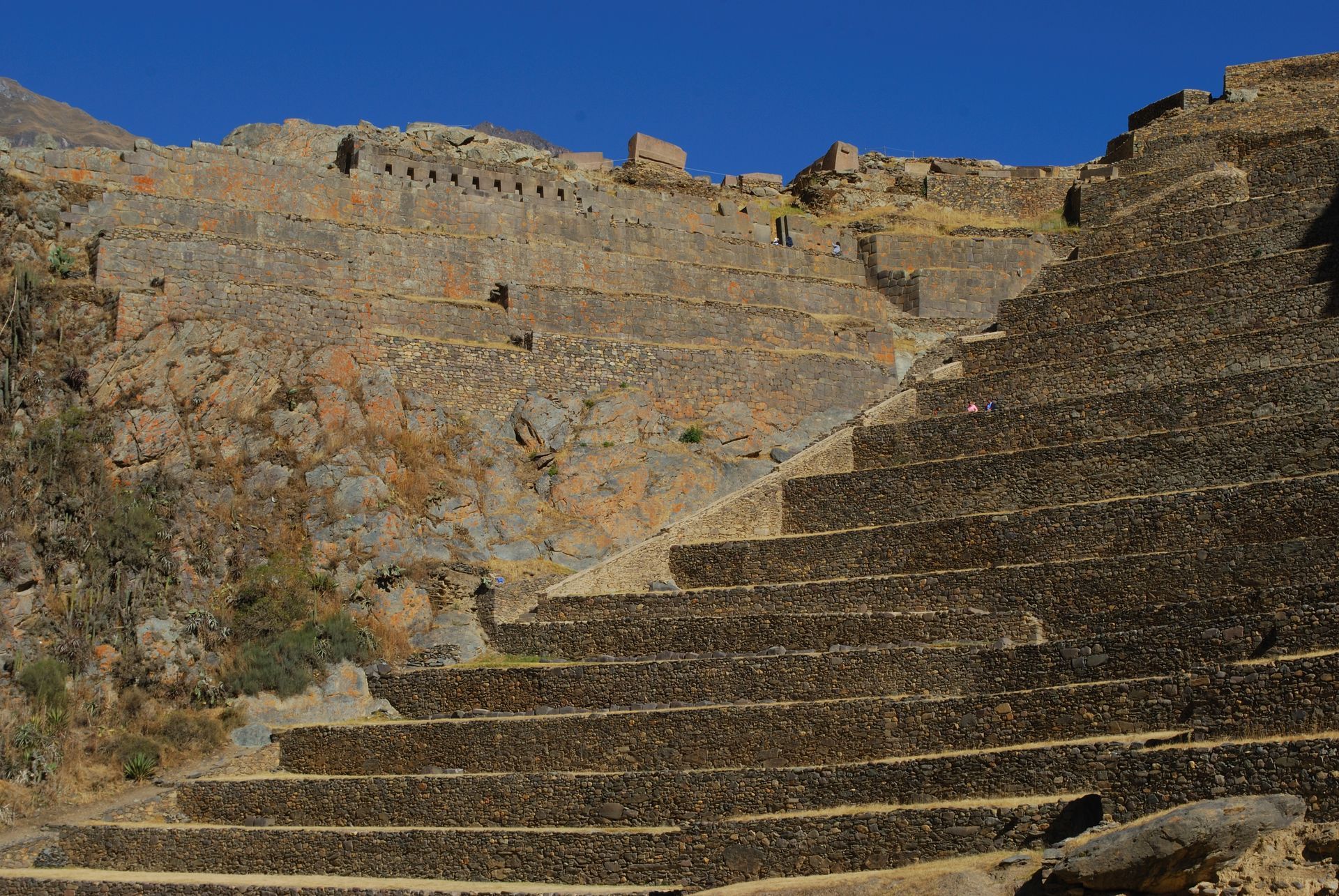
Inti Punku, The Door of the Sun
Reaching this gate that seems to be from another dimension will take us on a journey that should begin at dawn. Located in the heights of the town of Cachiccata at 3,800 meters above sea level, the Inti Punku, or "Door of the Sun," served as a control point from the Amazon rainforest. The dominating landscape features the sacred snow-capped peak, La Verónica or Wakay Willka, known as the 'sacred tears.' Along the way, we'll witness the stone quarries from which blocks were extracted to build the Qosqo Ayllu and the Araqawa Ayllu. Discover remnants of ancient funerary tombs, 'chullpas,' similar to those in Puno. History unfolds with each step toward the summit of Inti Punku.
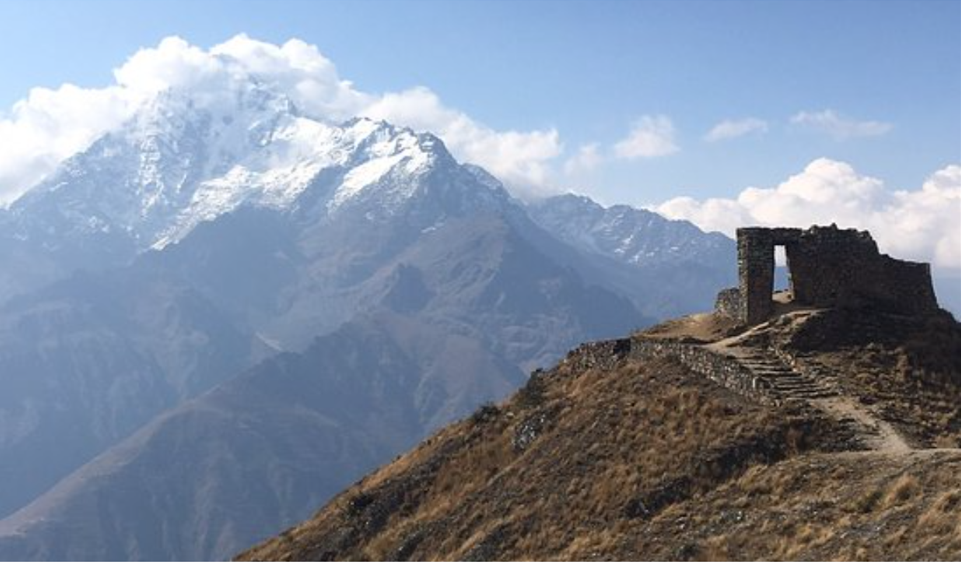
The Hidden Pyramid of Pakaritampu
Few wanderers get to appreciate the beauty of this Inca construction, one of the sacred places protected and zealously guarded by the people of Ollantaytambo. According to some legends, the Incas stored the sacred mummies of their ancestors inside, accessible through the portal at its base. The achieved three-dimensional effect makes the Pyramid of Pakaritampu rise 34 meters. Those who crossed the threshold of the Inti Punku admired it upon entering Ollantaytambo.
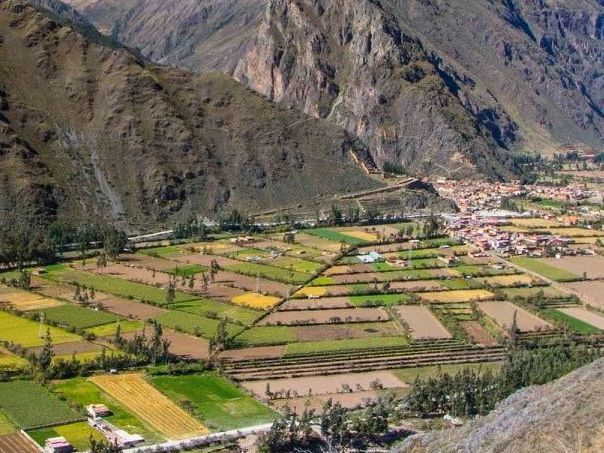
Huilloc, Inca Heirs
In the heights of the Patacancha River basin, just 30 minutes from the town of Ollantaytambo and nestled in a ravine, we discover the village of Huilloc, inheritors of ancestral customs centered around working the land, "la Pachamama," and communal work of the Ayllu. The vibrant colors of their attire immediately capture our attention. Over the years, they have evolved into a communal organization, with tourism becoming a primary source of income. Recognizing the value of their traditions, celebrations, and way of life in harmony with the land, they share this invaluable heritage to keep it alive.
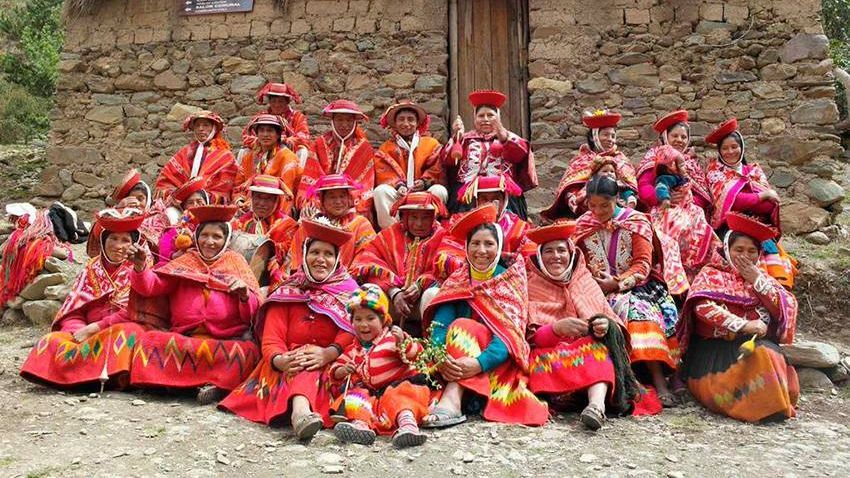
Inka Trail to Antisuyo, Pumamarca
"Very close to the town of Ollantaytambo, on the high slope of a mountain in the Patacancha and Yuracmayo River basin, lies this seldom-visited archaeological site. Here, amidst Inca terraces, enclosures, qolqas, canals, and fortified walls, one can sense the significance of this site as a key control point to the Inca territory from the Antisuyo (west, Amazon rainforest). Adorned with terraces, the area offers a stunning high Andean landscape. If in Ollantaytambo, don't miss the Inca trail leading to Pumamarca."
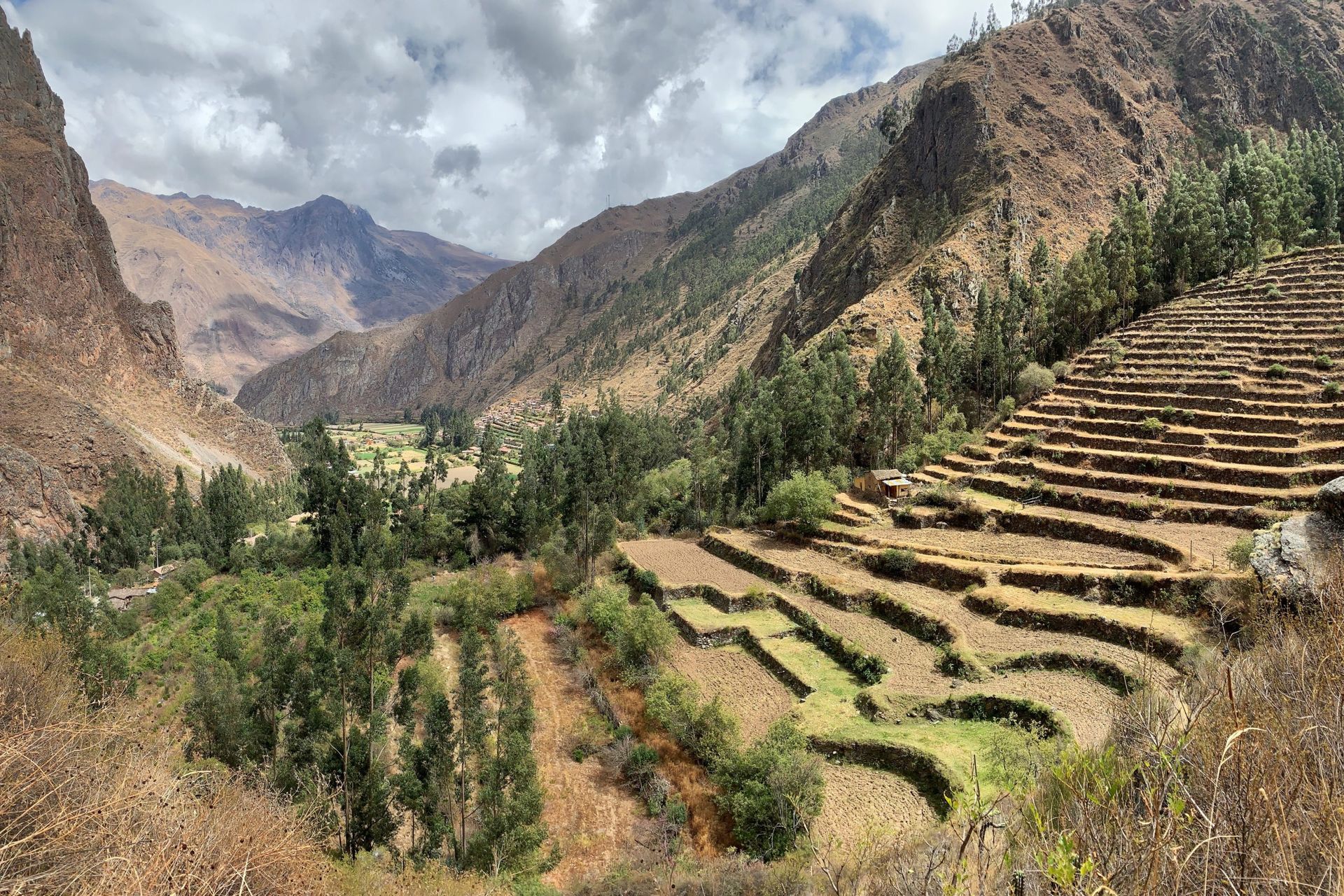
Las Qolqas Eco Resort
Las Qolqas Eco Resort invites you to a harmonious retreat, where eco-conscious luxury meets natural splendor. Nestled amidst breathtaking landscapes, our resort offers sustainable accommodations, seamlessly blending modern comfort with environmental responsibility. Indulge in the tranquility of our eco-friendly facilities, savor organic cuisine, and immerse yourself in the beauty of the surroundings. Las Qolqas is not just a destination; it's a commitment to a mindful, rejuvenating escape, where every moment reflects our dedication to sustainable hospitality and the preservation of our precious environment.












